目录
中文摘要
ABSTRACT
摘 要 ...................................................................................................................................................... 4
ABSTRACT ........................................................................................................................................... 5
绪论 ........................................................................................................................................................ 1
§1 选题背景 ................................................................................................................................ 1
§2 国内外的研究情况 ................................................................................................................2
§2.1 国外研究情况 ............................................................................................................2
§2.2 国内研究情况 ............................................................................................................2
§3 本文所做工作及意义 ............................................................................................................2
§4 论文框架 ................................................................................................................................ 3
复杂网络简介 ........................................................................................................................................ 4
§2.1 复杂网络理论概述 ............................................................................................................4
§2.2 数学模型 ............................................................................................................................ 5
§2.2.1 ER 随机图模型 .......................................................................................................5
§2.2.2 小世界网络模型 ........................................................................................................5
§2.2.3 无标度网络模型 ....................................................................................................6
§2.3 复杂网络的数字特征 ........................................................................................................7
§2.3.1 网络拓扑结构 ............................................................................................................7
§2.3.2 顶点度分布 ................................................................................................................7
§2.3.3 平均路径长度 ............................................................................................................8
网络搜索 .............................................................................................................................................. 10
§3.1 任务分析 .......................................................................................................................... 10
§3.1.1 需求分析 ..................................................................................................................10
§3.1.2 功能定义 ..............................................................................................................10
§3.1.3 其它要求 ..................................................................................................................10
§3.2 Java 简介 ......................................................................................................................... 11
§3.3 网络机器人编写思路 ......................................................................................................12
§3.4 CERNETBot 类介绍 ...........................................................................................................13
§3.5 URLCollector 类介绍.....................................................................................................14
§3.5.1 类介绍 ......................................................................................................................14
§3.5.2 算法流程 ..................................................................................................................15
§3.6 util 包介绍 .....................................................................................................................16
§3.7 exception 包介绍 ...........................................................................................................16
§3.8 程序运行过程中碰到的新问题 ......................................................................................16
§3.8.1 链接黑洞 ..............................................................................................................16
§3.8.2 变种的动态网址 ..................................................................................................17
拓扑结构研究 ...................................................................................................................................... 18
§4.1 数据抓取 .......................................................................................................................... 18
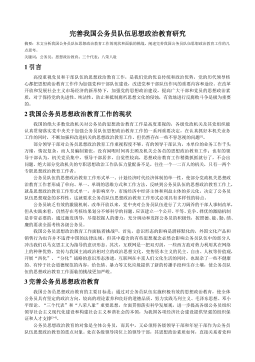
 2024-10-15 30
2024-10-15 30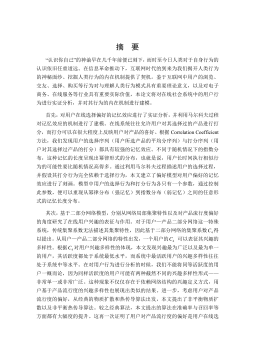
 2025-01-09 6
2025-01-09 6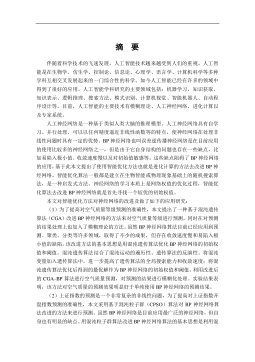
 2025-01-09 6
2025-01-09 6
 2025-01-09 8
2025-01-09 8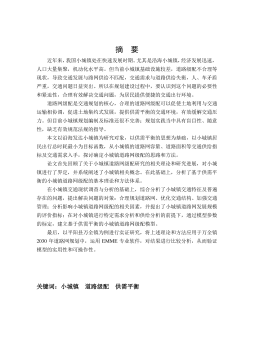
 2025-01-09 6
2025-01-09 6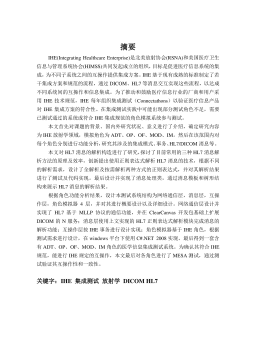
 2025-01-09 7
2025-01-09 7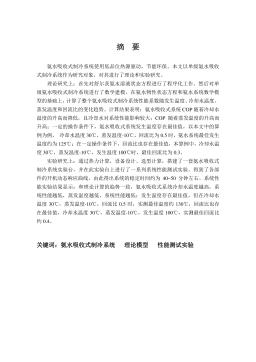
 2025-01-09 7
2025-01-09 7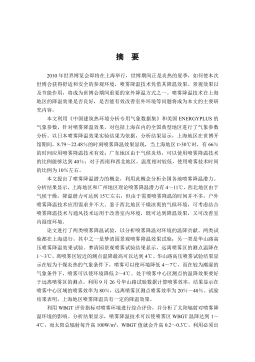
 2025-01-09 8
2025-01-09 8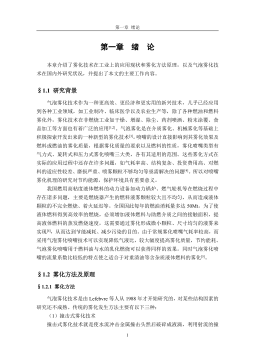
 2025-01-09 8
2025-01-09 8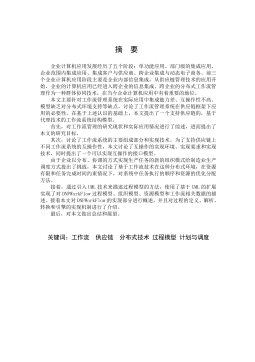
 2025-01-09 11
2025-01-09 11










